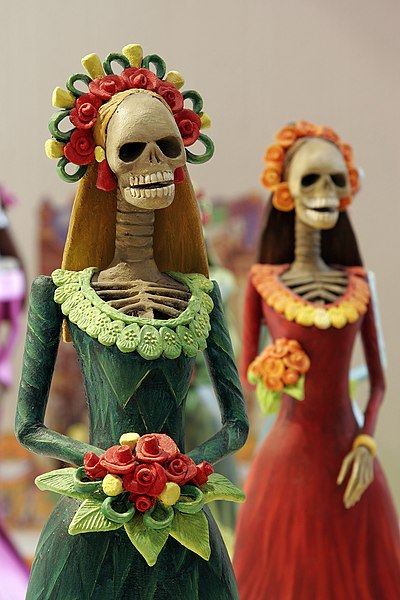 |
| Image Credits |
Recently, however, some news is cropping up about the desecration of sacred sites by the government of Hawai'i on its oldest main island Kaua'i. Here are the facts.
- A new septic system was needed for the Kaumuali'i area of Wailua state park, which meant that a new leach field was needed. Waste from the septic system is passed through a designed leach field so microorganisms can take care of impurities.
- The Hawai'i Administrative Rules clearly states that it is unlawful to remove any human skeletal remains that are over 50 years old, or any associated burial ground, without prior written authorization (Title 13, Chapter 300)
- With full knowledge that the area to be turned into a leach field was a sacred ancestral burial ground, the city convened a secret burial council meeting without notifying the necessary cultural leaders or descendants.
- Work progressed despite a shutdown because local activists showed there was no Environmental Assessment.
Countless people and cultures the World over recognize the spiritual and emotional significance of burial sites. They may not contain the glamorous headstones or crypts that adorn some of the more westernized grave yards, some which have been completely encased in cement, but the spiritual and cultural importance is held in regard by everyone even if the specific ceremony surrounding it is considered savage or barbaric.
For example, in Mexico (and many other South American countries), the Day of the Dead is a celebration of the lives of those who have departed. The favorite food items of the person they are honoring, as well as photographs are placed around the grave and funny stories are told to family members to encourage the souls to return and answer their prayers. Mexico is known to be largely Catholic and yet this day is a part of their own brand of Catholicism. There is an abundance of human skeletal forms and what many have termed a morbid celebration.
The people of Hawai'i believe that the essence or mana resides primarily in the bones or iwi of the human physiology. Great care was taken to preserve, purify and nourish the mana. The spirit of a person or uhane hovered near the iwi after death and they were therefore treated with great respect and honor and some even deified. They believe that it is the responsibility of the living to care for the bones of the ancestors. In this way the integrity of the family was maintained (read all about Native Burials: Human Rights And Sacred Bones).
If we believe that our belief systems should not be incongruent with the beliefs of others, I am perplexed at the inaction and relative ambivalence towards the preservation of historical indigenous sites. The HAR (Hawai'i Administrative Rules) do not demand that all burial sites remain untouched by development, just that when such a location comes onto a government official's desk, someone would go through the right channels to notify any living family and the traditional and community leaders so that the proper rituals can be held. (read about their feelings towards their culture)
As a group, with compassion and understanding, we should stand up for the rights of indigenous people and upholding of the law by officials who we elected to government. Humanity demands it.





Post a Comment